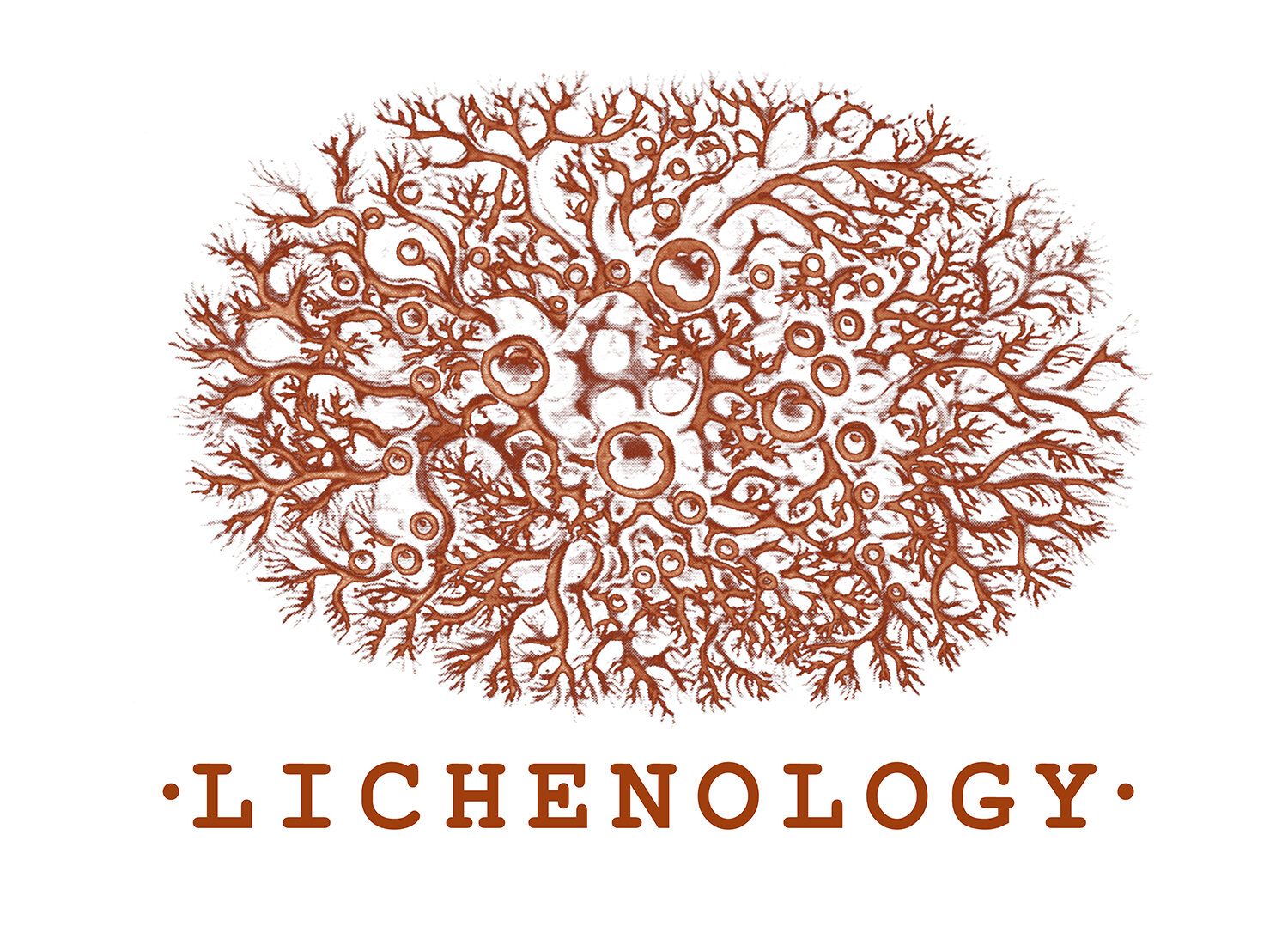I hope you’re well, still afloat and finding moments of solace.
I haven’t written in a while. I know I am not alone in saying that this has been a very challenging time. Over the past four (!!) months, I have experienced many forms of anxiety, deep grief, anger, frustration, hopefulness, hopelessness, and just about every emotion in between. Some days are full of activity, while some are full of indecisiveness. I’ve felt adrift—personally, socially, practically. It’s exhausting, planning for a future when it’s hard to even grasp what’s happening in the present—let alone coming to terms with how our past has gotten us to this difficult place.
Lichenology is still a critical part of not only my financial life, but my personal therapy when the world seems nebulous. Through it, I have been exploring two distinct realms of this current moment: the social and the deeply personal. I am happy to release two new collections of work made from madrone and driftwood, made with the intention of helping us embrace hard truths and use them to create something new out of this turbulence.
Madrone (arbutus) trees are deeply loved in the West. They are charismatic, with bright red bark and branches that twist and turn—always in search of light. They are master cooperators, hosting a wide variety of mycorrhizal fungal species on their roots that help them establish communities with other tree species and increase access to vital resources for them to thrive.
Salish legend says that arbutus roots hold the earth together.
With all that we’re experiencing with the exposure and re-assessment of our social contracts, the madrone feels like a good tree to model. They offer a practical call to action. By reaching out, cooperating with others on the basis of securing one another’s needs, we, too, can hold our world together.
Lately I’ve been gravitating towards driftwood in what I wear and what I make. It has always been my go-to medium when change is present. Each piece of driftwood is so uniquely formed by the circumstances of its drifting—how long it’s at sea, what the weather is like, where it is from and where it lands. Each tells its own bewitching and obscured story, much like we do. I like to say that driftwood and lichen both show us the beauty that can come from weathering a storm.
We all feel adrift right now, in the midst of this new, changed world. Let us trust that what we are enduring will change us for the better. It will not be easy. But the patterns this will form in our minds and on our bodies will be beautiful in their own way—if we pay attention to where they come from and how they can bring us wisdom. This time is hard earned. Let us remember that it is taking us somewhere and prepare ourselves for new, distant shores.
The pieces in this collection are accompanied by poetry, largely written by BIPOC writers. This past month, I’ve realized how narrow my library of nature writers has been. I share mostly white voices—thinkers from a narrowly defined category of nature writing that operates with assumptions of nature as idyllic refuge. This elimination of the complex realities present in the natural world—which are expressed so eloquently by BIPOC who have lived and inherited land-based-trauma—robs us of a holistic view of our relationship to the land. As I move forward with lessons learned from the Black Lives Matter movement, I am committed to lifting up writers not as commonly associated with the nature writing canon. I hope you enjoy reading the poems I have chosen for this collection and commit to expanding your library with me.
To continue celebrating the often-unheard voices in the outdoor arena, I am donating 10% of proceeds this month to Outdoor Afro, a nationwide networking organization whose activities “promote not only a healthy lifestyle, they also help communities find healing, connect to black history found in many natural areas, and inspire an increased desire to protect vulnerable public lands for all to enjoy.” For us all to protect the land, we must all feel like it belongs to us—we must see ourselves in it. Social justice is the first step to environmental justice.
Thank you, as always, for being a part of my community. I hope my artwork can bring a sense of grounding, commitment, and creativity to what you’re going through. Stay well and enjoy the sunshine.
Kelsi
PS: As the art world is reeling from the impact of the pandemic, I would love if you would share my work with friends and family who may benefit from its message. (Instagram is the best way to stay in touch!)
PPS: If you have any resources that you find helpful right now, I’d love to hear about them!






